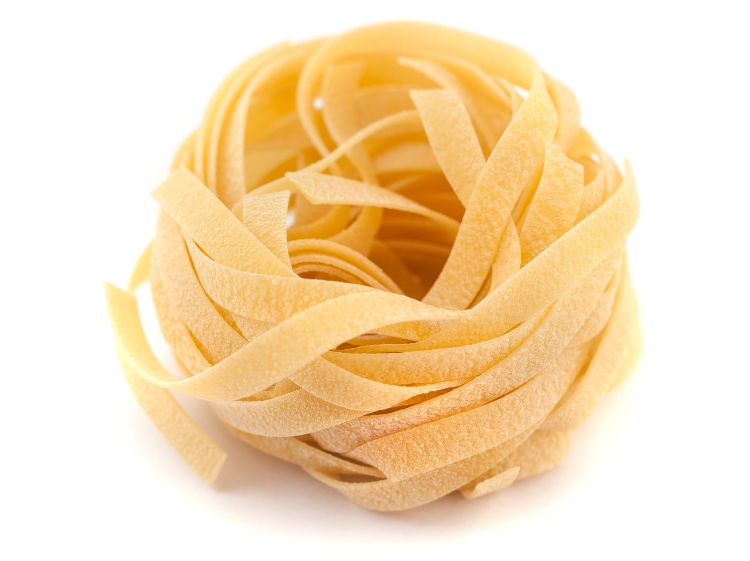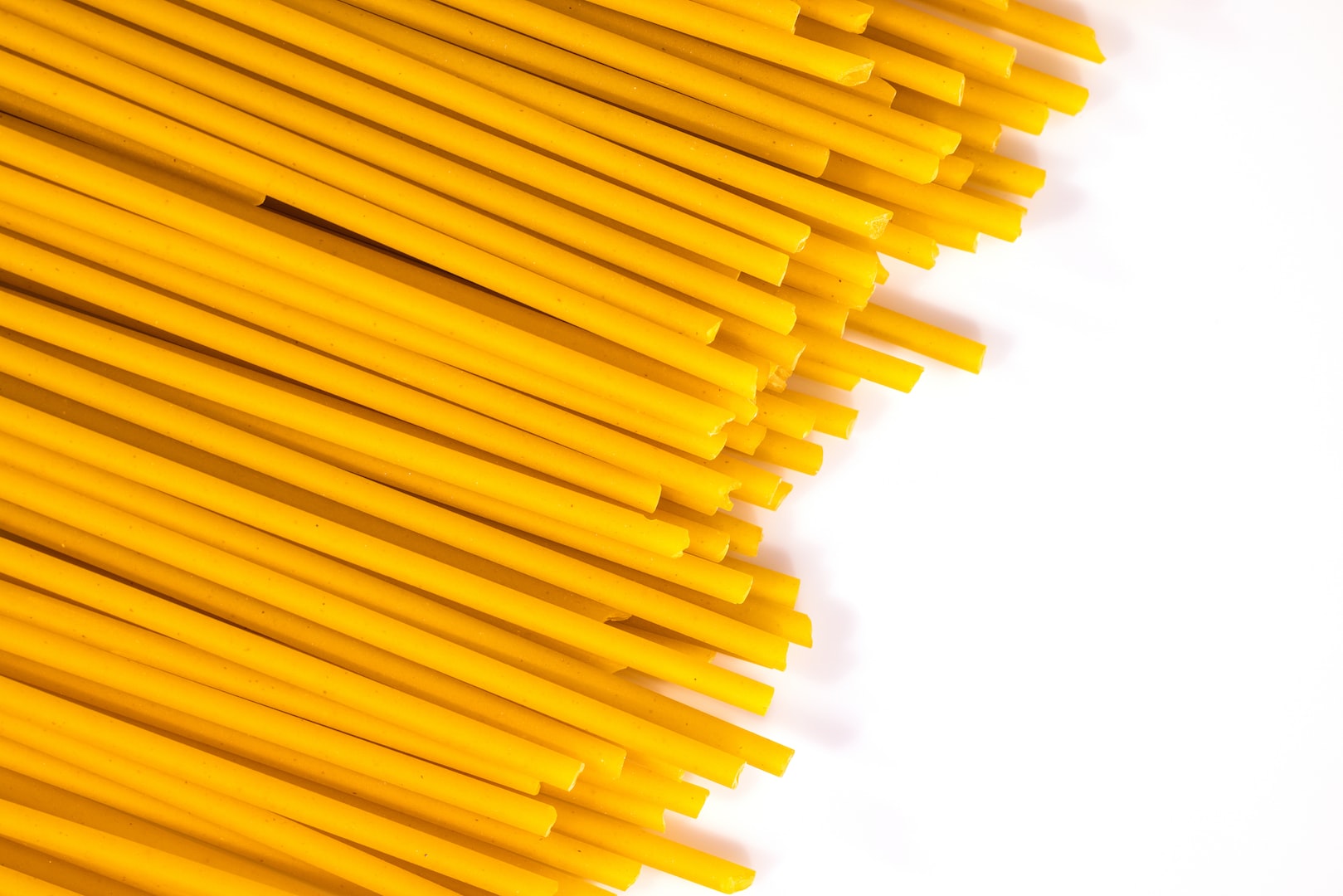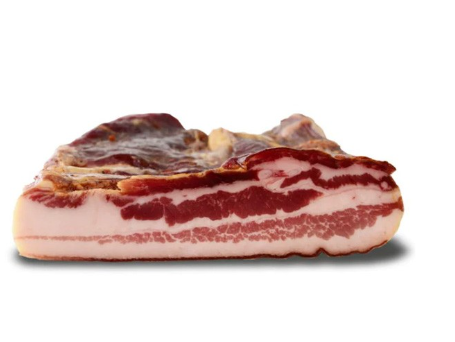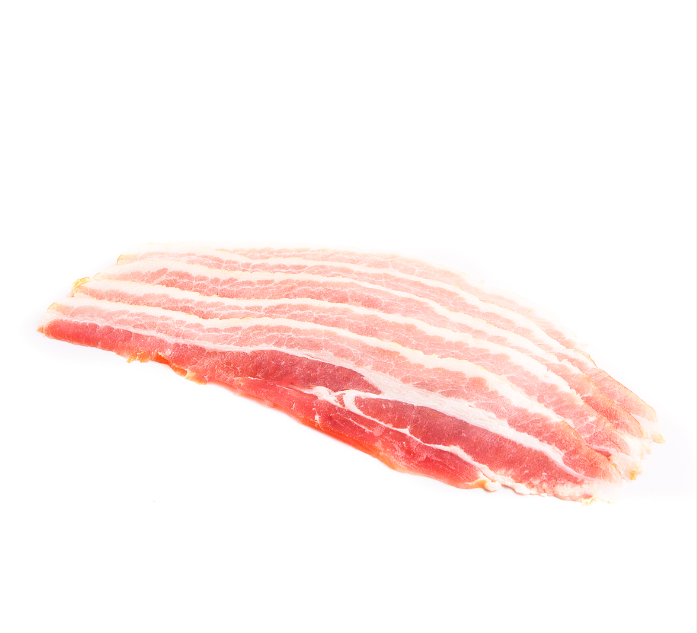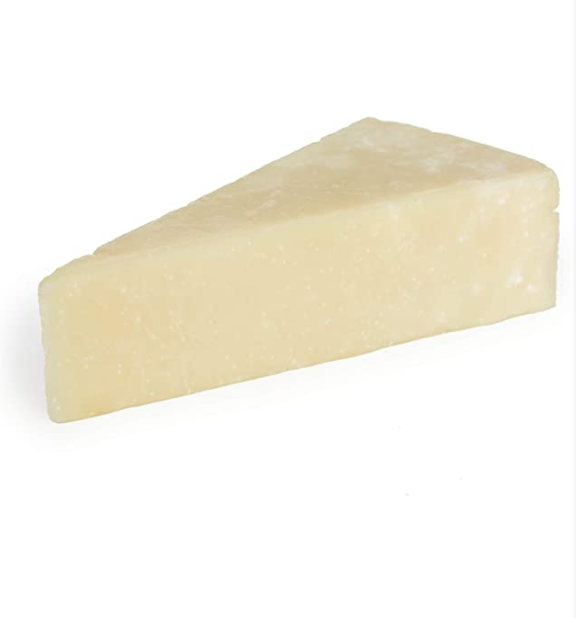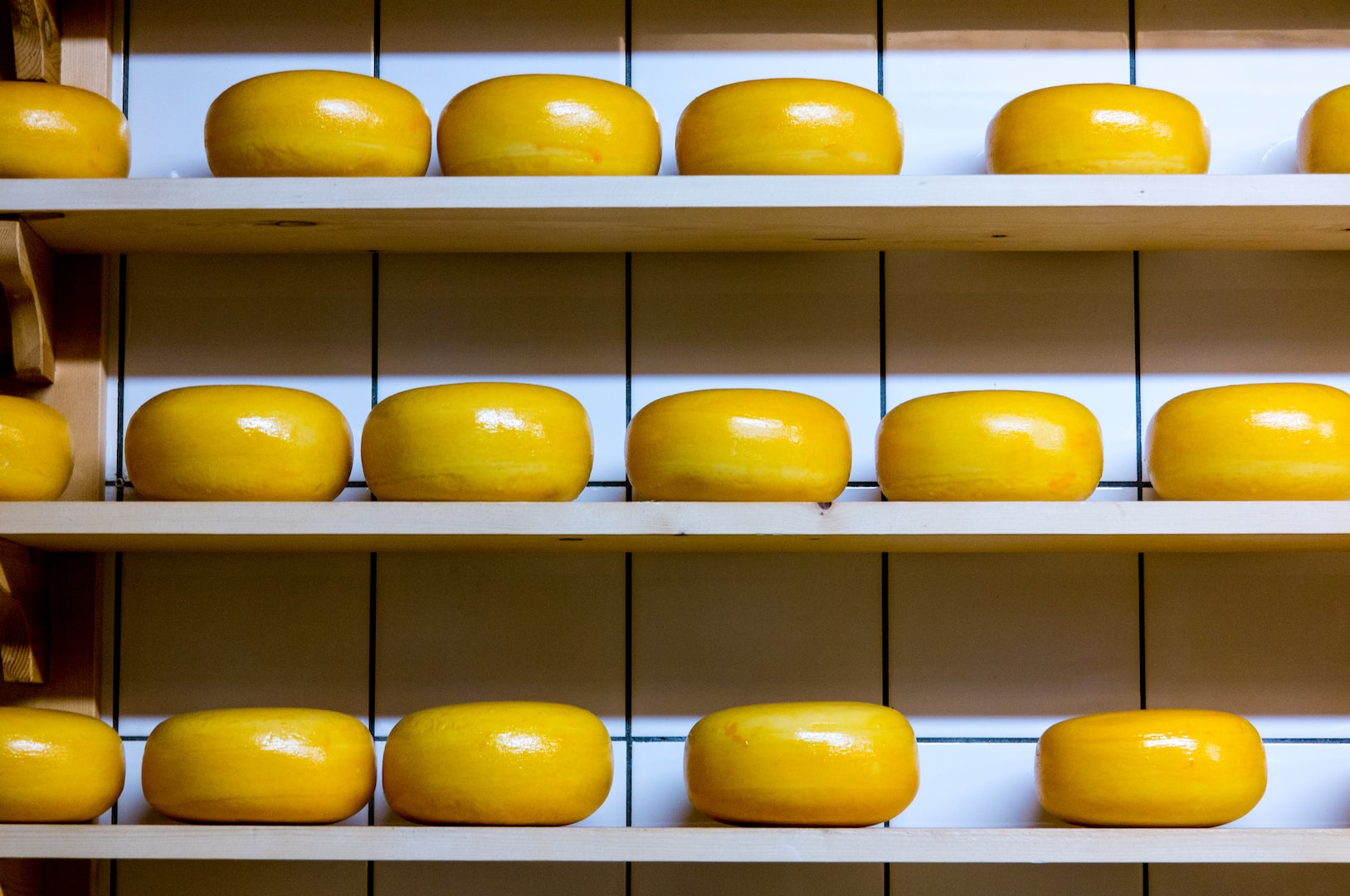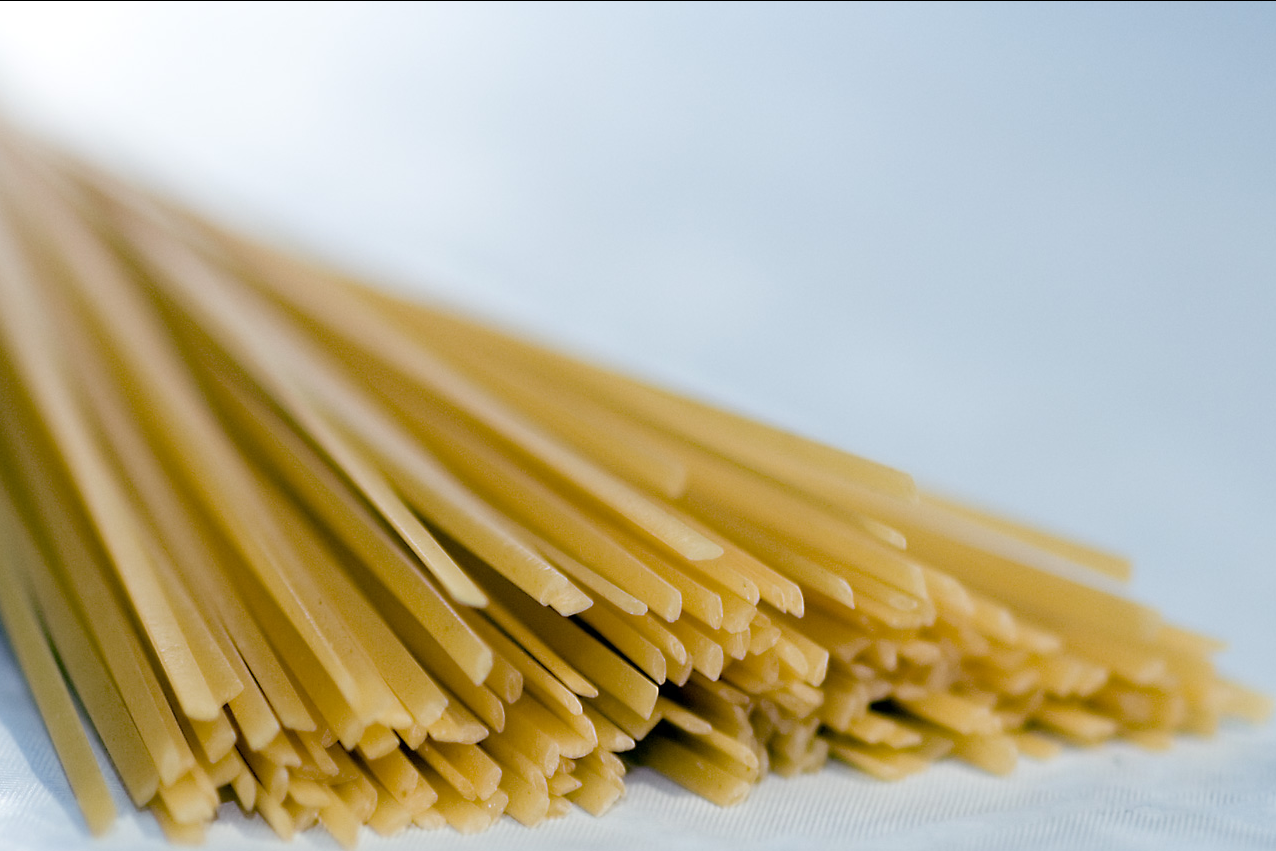
Linguine
Linguine, sometimes mispronounced outside Italy linguini, is a type of pasta similar to fettuccine but elliptical in section rather than flat. It is about 4 millimetres (5⁄32 in) in width, which is wider than spaghetti but not as wide as fettuccine. The name linguine means "little tongues" in Italian, where it is a plural of the feminine linguina. A thinner version of linguine is called linguettine.

